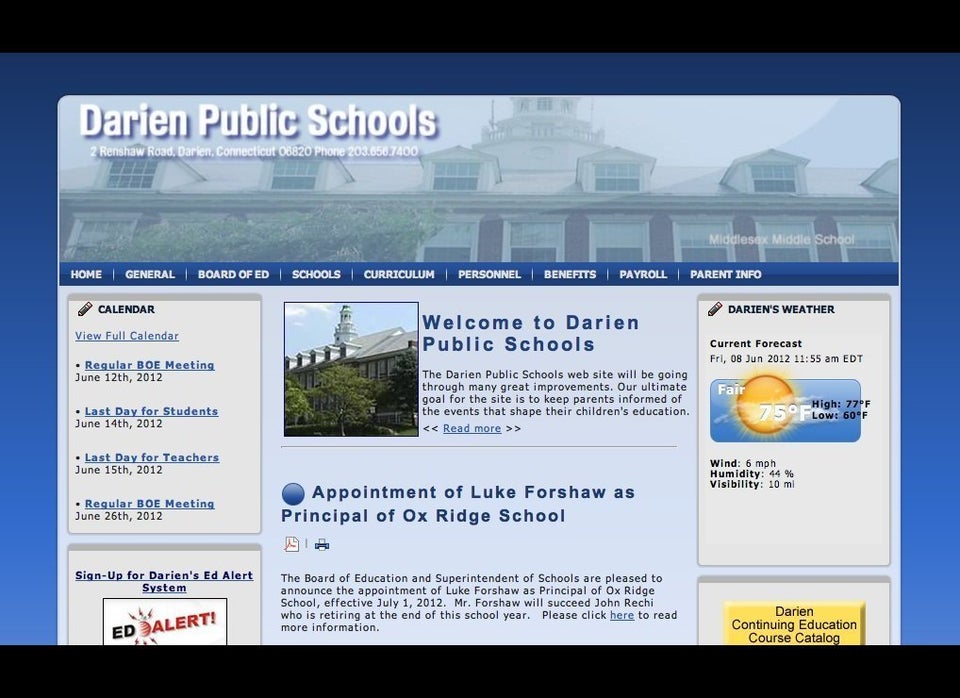
About two-thirds of Wisconsin's school districts will see a drop in state funding this year, marking the second of a two-year, $834 million education budget reduction plan signed by Republican Gov. Scott Walker last summer.
The 272 districts facing reductions this year yields a slight improvement from last year, when nearly all of the state's 424 school systems saw drops in state funding, according to figures released this week by the state Department of Public Instruction.
Still, adjusting to state limits on how much districts can take from state aid and property taxes have created some volatility in district budgeting. Complying with the state revenue cap meant schools had to cut back on spending, which can reduce how much the state is willing to offer to districts the following year.
"This year in particular was a difficult year to predict what state aid figures were going to be," Wauwatosa Public Schools Business Manager John Mack told the Milwaukee Journal Sentinel. Wauwatosa is seeing a 5 percent cut in state aid this year, or about $873,000.
To be sure, overall state aid to education increased by about $32 million this year, though the total $4.3 billion going to schools is down more than 7 percent from two years ago. And the net amount going to public schools yields a decrease as $158 million of that pot is directed toward private school choice programs in Milwaukee and Racine.
As a result, Milwaukee's public schools will be losing $3.2 million in state aid -- a 0.6 percent decrease from last year -- and Racine's public institutions are losing $2.5 million, or 2 percent. Milwaukee Public Schools is budgeted to send $59.4 million of its state dollars to its private school voucher program, which allows low-income students to attend private schools using tax dollars, and Racine's public schools will lose $1.2 million to its new voucher program. Both figures mark increases in voucher funding from last year.
Milwaukee's voucher system, however, was the target of a complaint filed by the American Civil Liberties Union, among others, in August, alleging discrimination based on disability. The claim argued that the voucher program segregates the city's students, citing instances where students were turned away from voucher schools because of disabilities.
The complaint and subsequent investigation came at a time when a school choice movement is sweeping the nation in an effort that advocates say empowers families to make the educational decisions best fit for their children. The state's Department of Public Instruction responded in November to a Department of Justice investigation into the allegations by arguing that voucher schools are not subject to federal anti-discrimination laws because they are funded by the state.
Proponents of vouchers say that the program expands horizons for students stuck in troubled schools. Opponents point out that vouchers erode public schools by pulling funding out of the system and violate the separation of church and state by potentially sending public dollars to patriarchal private schools. Voucher programs also have yet to show proven improvements in student test scores, and a recent study in New York City found that voucher programs had little overall effect on college enrollment.
Walker's budget was signed in an effort to plug the state's $3 billion shortfall as of last year. The two-year $66 billion plan reduced collective bargaining for teachers to much backlash, resulting in a number of cutbacks including scrapped programs and layoffs.
